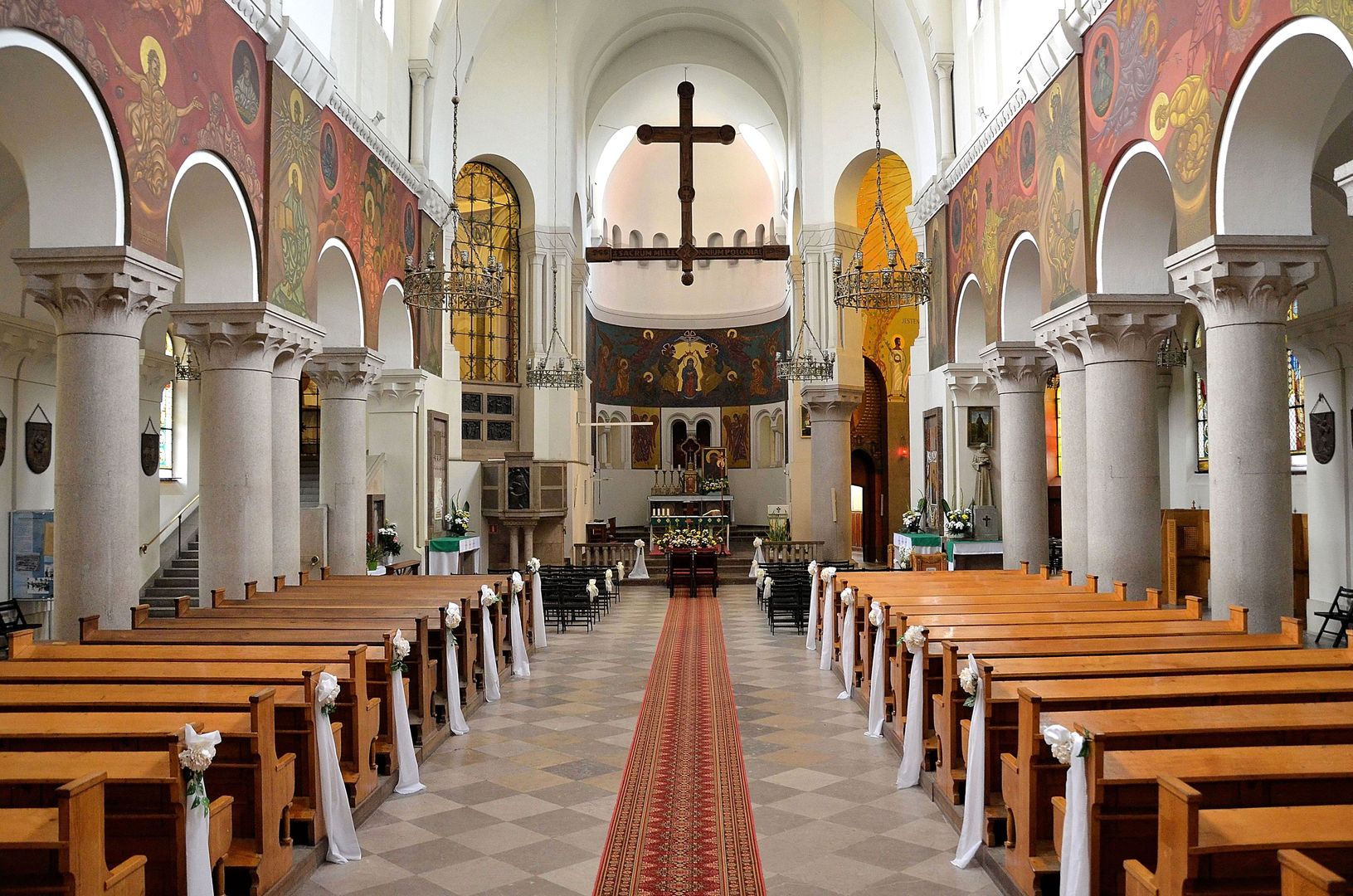Church of the Immaculate Conception of the Blessed Virgin Mary in Warsaw
6.42

Overview
The Church of the Immaculate Conception of the Blessed Virgin Mary, commonly known as St. James’s Church, is an outstanding example of Polish modernism that combines elements of Romanesque architecture with allusions to Gothic style. Designed by Oskar Sosnowski, it serves as a parish church in Warsaw, established in 1918. Construction began in 1911 and was completed in 1938, despite disruptions during World War I and World War II. The church is a three-nave basilica with exposed brick walls, a squat front tower, and a presbytery apse. Architectural elements added in the 1930s, such as a wooden bell tower reminiscent of medieval timber-frame structures, give the building its distinctive appearance.
The interior charm of the church is enhanced by numerous features, including a rood beam with a cross, a historic crucifix, and altars designed by renowned Polish artisans. A revered copy of the Our Lady of Latyczów painting is also housed here. The décor is further enriched by stained-glass windows with religious and patriotic themes, inspired by the history of the Home Army and the Polish Armed Forces. Notably, these stained-glass windows were among the first of their kind to be created in Poland after the fall of communism.
The church became a central point for the developing Ochota district, playing a significant role in the local community. After suffering damage during World War II, particularly in the Warsaw Uprising, the church was secured and rebuilt, with restoration work continuing for many years. Despite challenges such as funding shortages and administrative obstacles during the communist era, the church acquired a unique character. Although its tower remains unfinished, it stands as an important symbol of Warsaw’s architecture and culture. In 1977, the roof was covered with copper sheeting, marking the completion of the major restoration efforts.
Beyond its religious functions, the church also serves as a memorial site, housing epitaphs and plaques commemorating notable figures in Polish history.
Location
Tickets
Powered by GetYourGuide
2025 Wizytor | All Rights Reserved